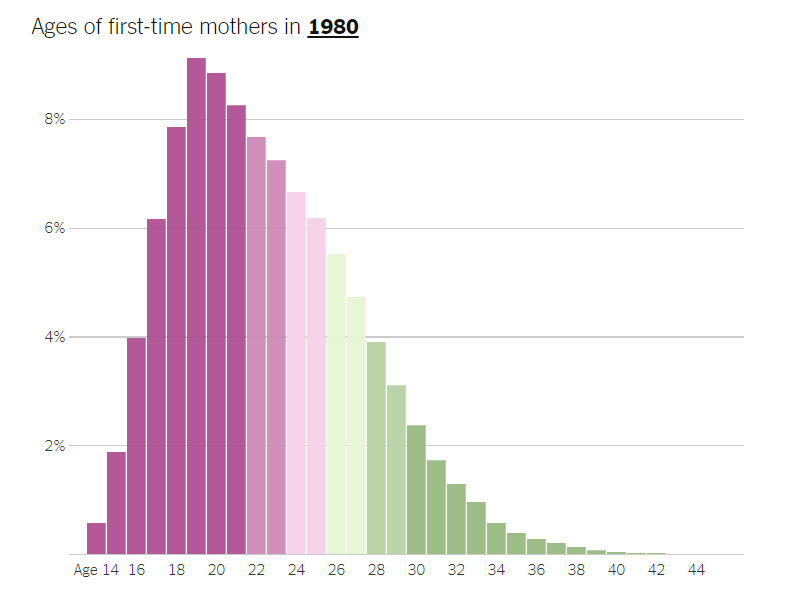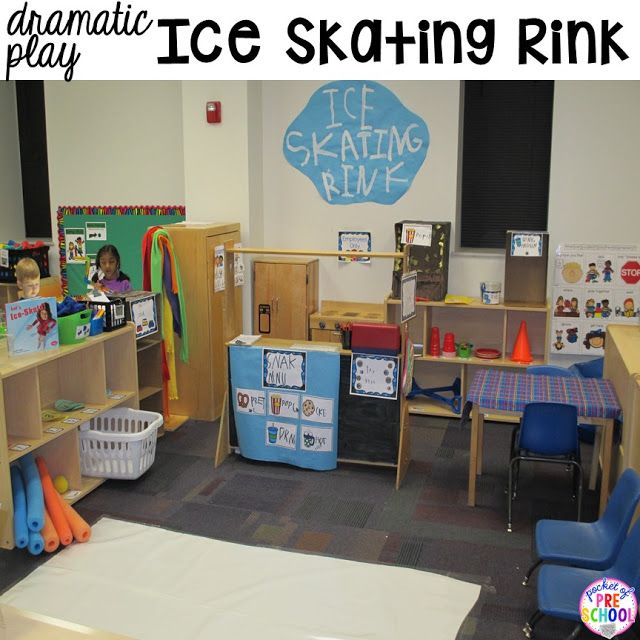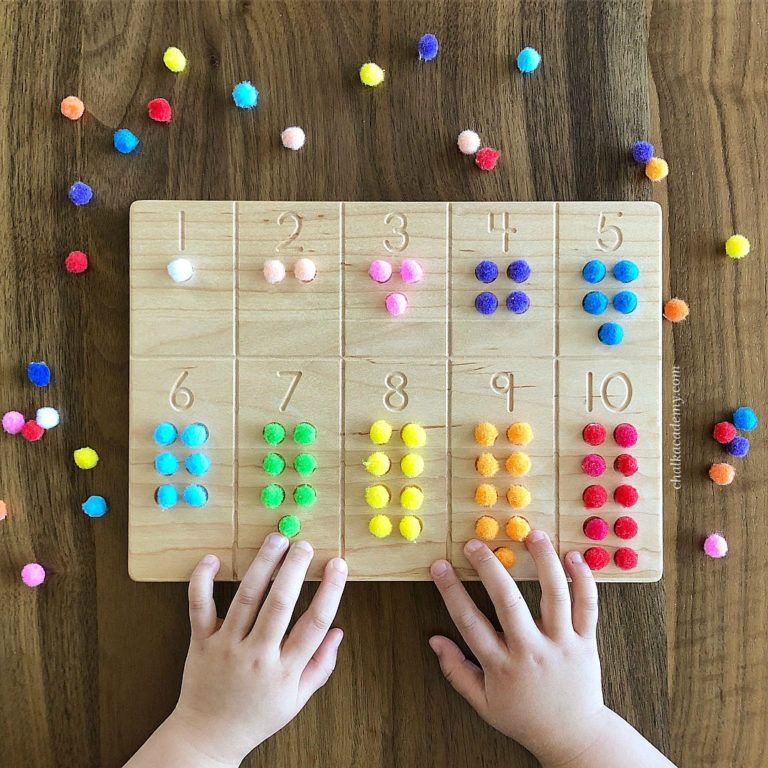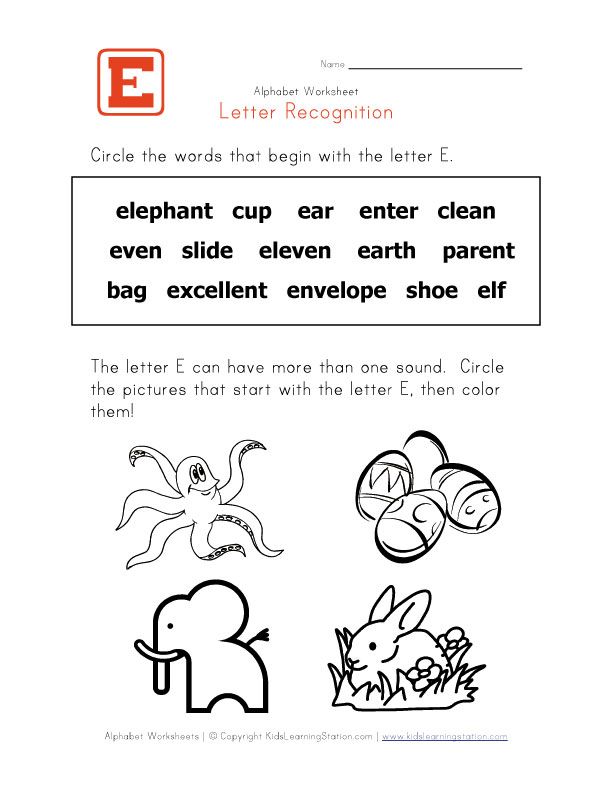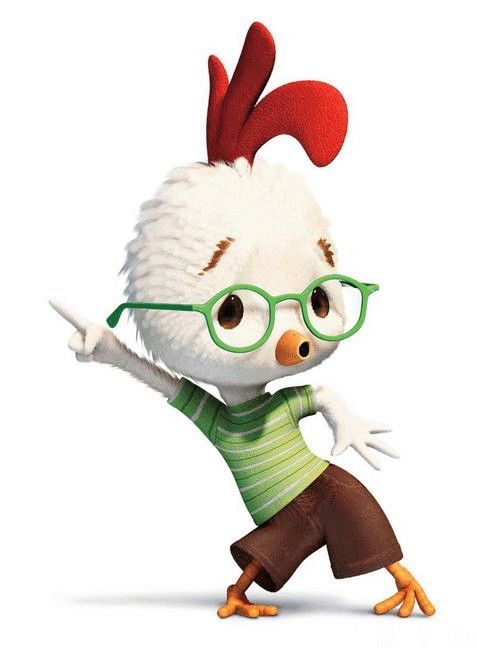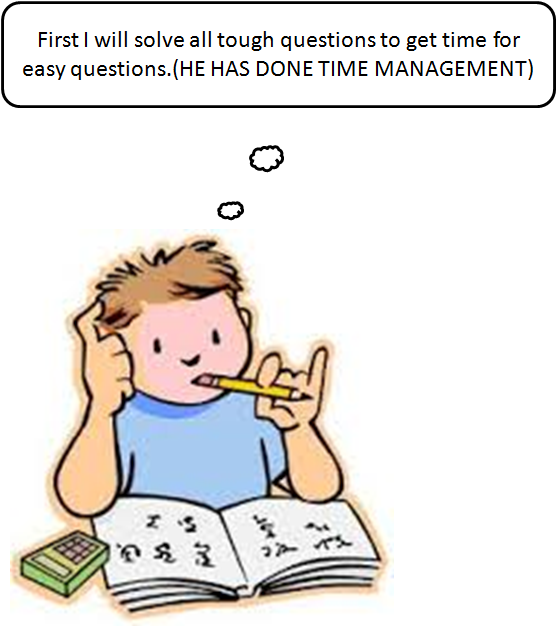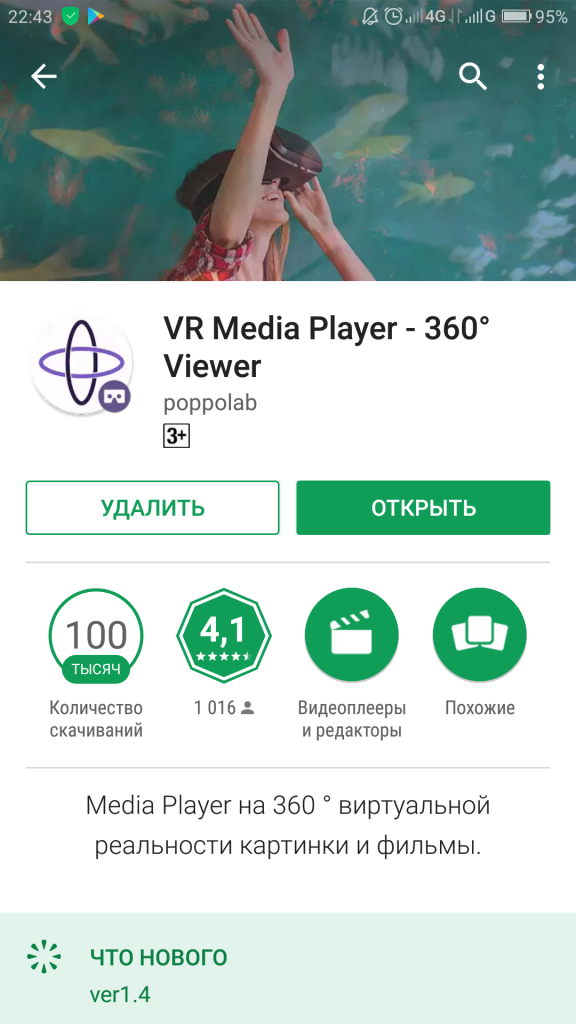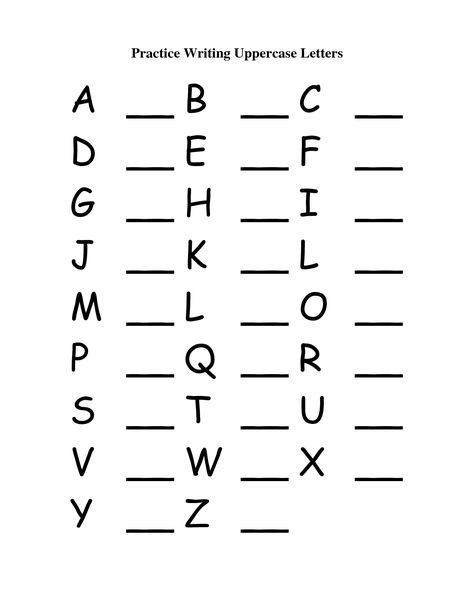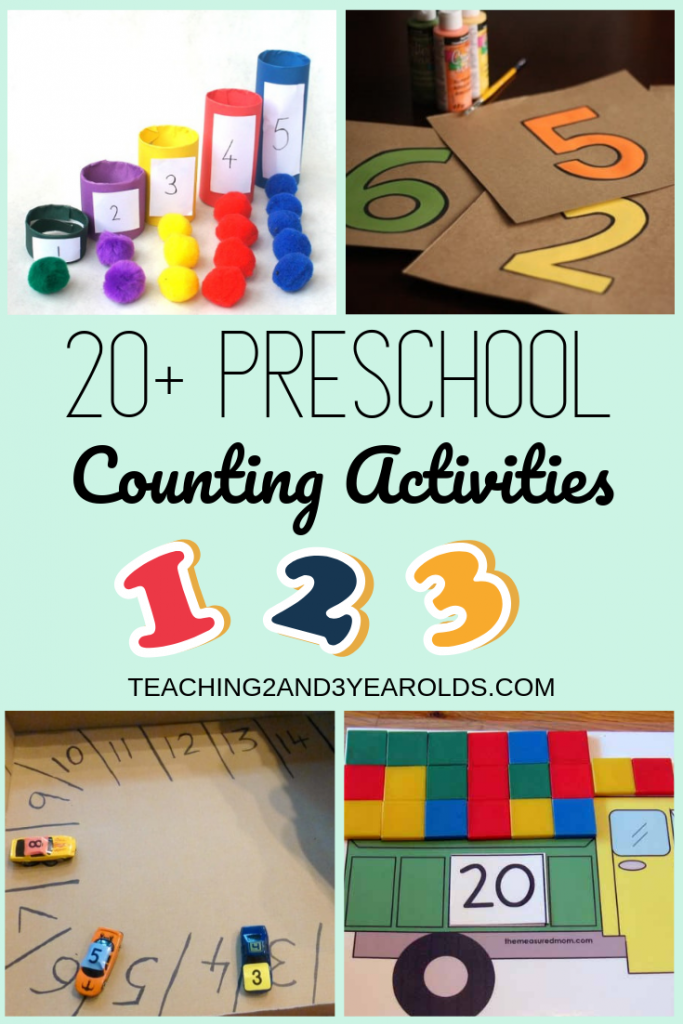Alphabet sounds chart
Alphabet Sounds Chart - with Letter Formation
An alphabet sounds chart is a great resource for young readers and writers. I created it specifically for my Kindergartner.
*This post contains affiliate links.
**The free download can be found at the END of this post. Click on the teal download button.
Alphabet Sounds Chart
After creating our numbers 1-20 chart, I got LOTS of requests for an alphabet chart, too.
We already have a beginning sounds chart, but the alphabet sounds chart I’m posting today is a little simpler for younger learners.
This sound chart is a little different from other charts that you might find on the web.
For one thing, the letter formation for each letter is included. So, learners can use this as a phonics chart to help them spell as well as remember the formation of their letters. Woot!
Secondly, it includes more than just one sound per letter.
- The vowels include the long and short sounds.
- Cc and Gg include both their hard and soft sounds.
- Xx includes the /z/ sound you hear at the beginning of xylophone and the /ks/ sound at the end of box.
- Yy has three sounds featured: 1- the /y/ sound at the beginning of yarn, 2- the long i sound at the end of fly, and 3- the long e sound at the end of baby.
Handling Multiple Sounds with Young Learners
Now, this may seem rather complicated to work on all these multiple sounds, but it can be as simple as this example:
Child is writing: I am… and wants to write happy to end the sentence. She sounds through each letter, using the chart when needed.
If I’m working with the child, when she gets to the -y, I’d say something like: “It sounds like an e goes on the end, doesn’t it? But when we hear that /ee/ sound on the end of words, it is sometimes spelled with a y.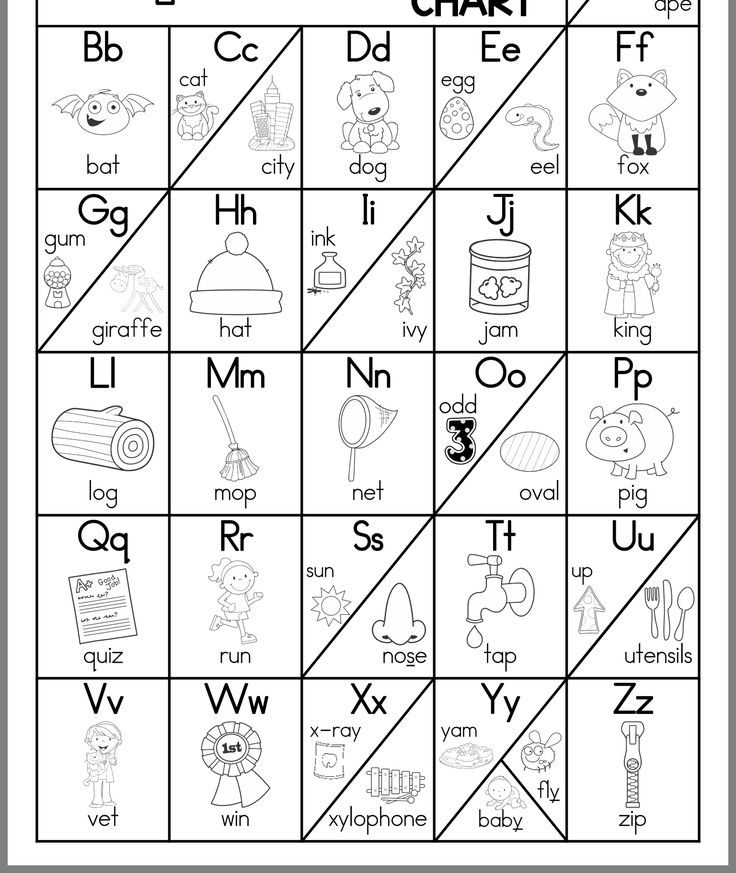 Look on your chart and find the letter y. Do you see the baby? The last letter in
baby is also a y. Let’s write a y at the end of happy.”
Look on your chart and find the letter y. Do you see the baby? The last letter in
baby is also a y. Let’s write a y at the end of happy.”
The key is to keep it simple. I doesn’t need to become a full lesson for knowing how to spell these letters with multiple sounds. That wouldn’t be developmentally appropriate for most Kindergartners.
Two Quick Notes:
- This alphabet sounds chart is offered in color & blackline in the download! Keep scrolling to find it below.
- There are TWO versions. Version 1 on the download includes EAGLE as the key picture for long e. Version 2 includes EGRET as the key picture for long e.
Looking for more Alphabet Ideas?
- Alphabet Sounds App
- Beginning Sounds Trace & Clip Cards
- Printable Alphabet Puzzles
- Alphabet Letter Mazes with Different Fonts
Get the freebie below!
Enjoy!
~Becky
Want MORE Free Teaching Resources?
Join thousands of other subscribers to get hands-on activities and printables delivered right to your inbox!
IPA Chart with Sounds – International Phonetic Alphabet Sounds
The International Phonetic Alphabet chart with sounds lets you listen to each of the sounds from the IPA.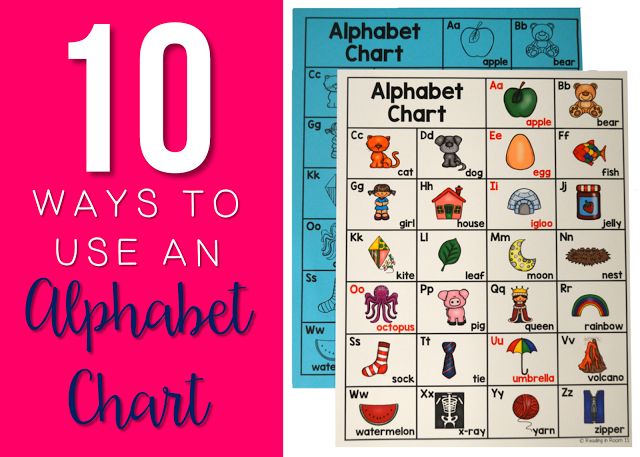 The interactive chart can be found at the bottom of this page.
The interactive chart can be found at the bottom of this page.
International Phonetic Alphabet, also called IPA, is an alphabet used by linguists to accurately represent the wide variety of sounds (phones or phonemes) in human speech. An essential function is to provide a standard for labeling these phones so linguists can discuss any sound without ambiguity. The first version, IPA chart number 122, was published by the International Phonetic Association in 2005.
Who Uses the International Phonetic Alphabet?
The IPA provides students with a greater understanding of the English language by accurately and uniquely representing the sounds of oral language. The IPA is used by
- Lexicographers
- Foreign Language Students
- Teachers
- Linguists
- Speech-Language Pathologists
- Singers
- Actors
- Constructed Language Creators
- Translators
Many American linguists have found that using a combination of IPA and Americanist phonetic notation is the best way to communicate with other linguists worldwide.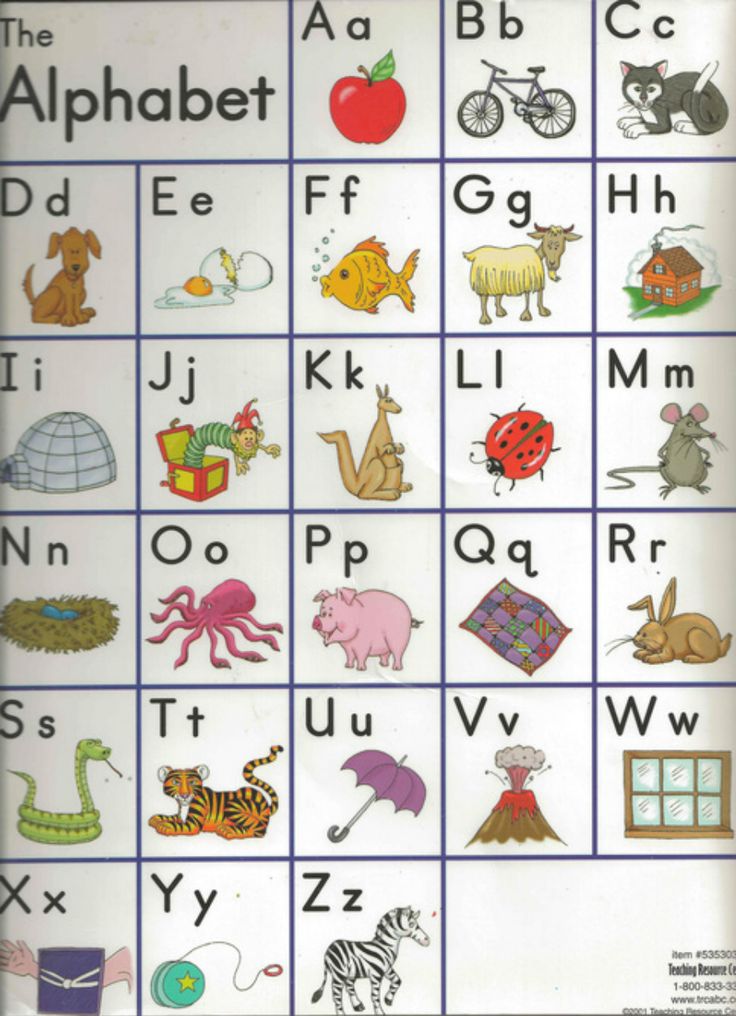 An extended set of symbols represent different qualities of speech, such as tooth gnashing, lisping, and sounds made with a cleft palate.
An extended set of symbols represent different qualities of speech, such as tooth gnashing, lisping, and sounds made with a cleft palate.
How Many International Phonetic Alphabets Are There?
There are many ways to count this, but the most complete and up-to-date list is found in the International Phonetic Association’s 2005 IPA chart, number 122. This chart includes all 78 current languages with phonemic scripts, some extinct languages, and some that have not been written in a phonemic script for centuries.
The IPA is the most commonly used and well-known international phonetic alphabet, but it is not the only one. Other alphabets include the Canadian Aboriginal Syllabics Alphabet (CASA), the Swahili Phonetic Alphabet (SWA), and the Thai Phonetic Alphabet (TPA). Each alphabet has its own set of symbols and sounds to represent the sounds of oral language.
How to Use the IPA Chart
The IPA chart helps you identify the sounds of language. To use the chart, first, familiarize yourself with the symbols and their corresponding sounds. Next, practice pronouncing the sounds. Finally, start using the IPA in speech and writing.
Next, practice pronouncing the sounds. Finally, start using the IPA in speech and writing.
The IPA is based on the Latin alphabet in order to correspond to an international standard. This standard represents the sounds of all 78 languages that use phonemic scripts. It is also the standard the United Nations uses to represent sounds in all languages that use a writing system.
Click on an IPA Symbol to Hear the Associated Sound
Our IPA chart is responsive, this means it adjusts to any screen size. If part of the chart is not visible, please click the red and green arrows to see the additional symbols.
Consonants and vowels - Russian alphabet table
4.4
Average rating: 4.4
Total ratings received: 259.
In linguistics there are concepts of "sound" and "letter". This article presents the table "Consonants and vowels", as well as tables that display which sounds represent certain letters.
Vowels and consonants
There are 33 letters in Russian: 10 vowels, 21 consonants, as well as ъ and ь.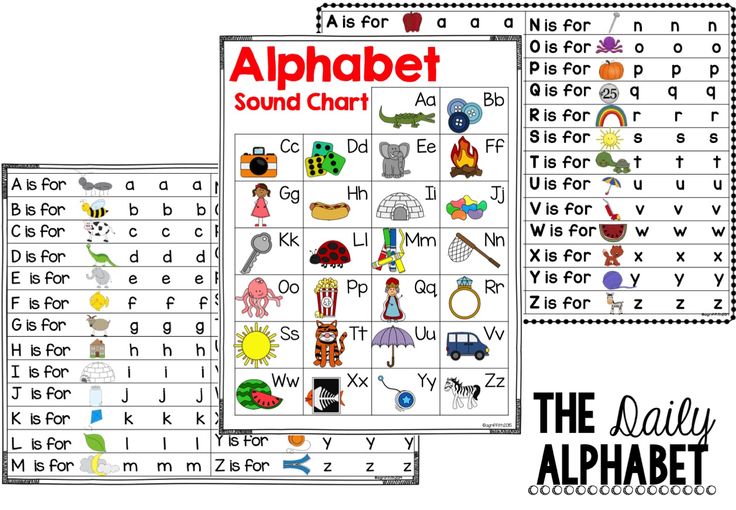 Separately vowels and separately consonants will be demonstrated by the table of consonants and vowels below:
Separately vowels and separately consonants will be demonstrated by the table of consonants and vowels below:
| Vowels | Consonants |
| a, e, yo, i, o, u, s, u, u, i | b, c, d, e, g, h, d, k, l, m, n, p, r, s, t, f, x, c, h, w, w |
There are fewer letters in Russian than sounds: there are 33 letters and 42 sounds.
Vowel sounds and letters
The vowels of the Russian alphabet represent only 6 sounds:
| Sounds | Letters |
| [a] | a, i |
| [e] | e, e |
| [o] | o, yo |
| [and] | and |
| [y] | y, y |
| [s] | s |
As can be seen from the table, the sounds [and], [s] are indicated by the letters and, s, the remaining sounds are indicated by two letters at once.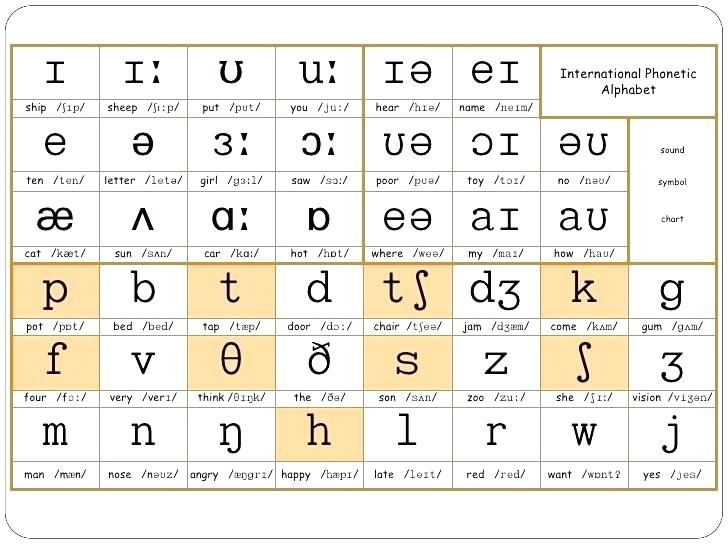 Hence there is a discrepancy between the number of vowels and sounds.
Hence there is a discrepancy between the number of vowels and sounds.
The letters e, e, u, i, located after the consonants, indicate the softness of the consonant. The consonant is soft, not the vowel, so it is incorrect to pronounce the following phrases: “soft vowels” or “hard vowels”. The vowels are not soft or hard, they can only indicate softness.
Consonants and letters
All consonants, of which there are 21, represent 36 sounds. All letters and sounds are displayed in the following table:
| Letters | Sounds |
| b | [b], [b’] |
| to | [in], [in’] |
| g | [g], [g’] |
| d | [d], [d'] |
| w | [f] |
| s | [h], [h’] |
| and | [y'] |
| to | [k], [k'] |
| l | [l], [l’] |
| m | [m], [m’] |
| n | [n], [n’] |
| p | [n], [n’] |
| r | [r], [r'] |
| from | [s], [s’] |
| t | [t], [t’] |
| f | [f], [f’] |
| x | [x], [x’] |
| c | [c] |
| h | [h'] |
| sh | [w] |
| w | [w'] |
As can be seen from the table, the letters zh, ts and sh denote only hard consonants, the letters y, h, u only denote soft consonants, and the remaining 15 letters can denote both soft and hard consonants.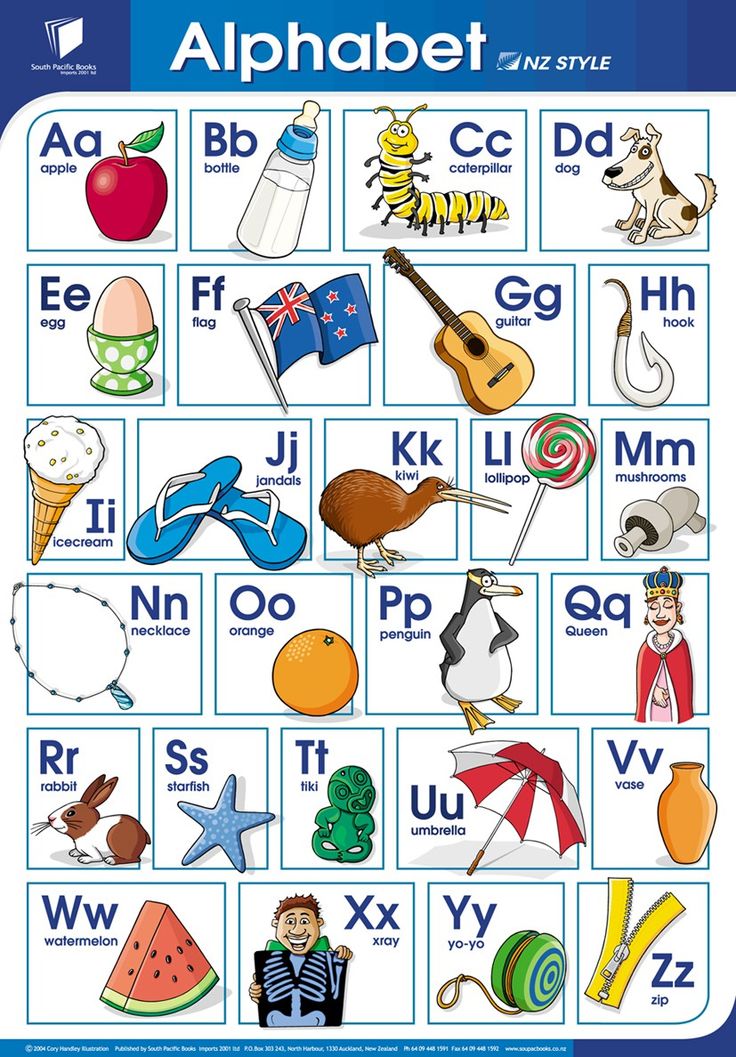 Hence the discrepancy between the number of consonants and sounds.
Hence the discrepancy between the number of consonants and sounds.
What have we learned?
31 out of 33 letters of the Russian language are divided into vowels and consonants. There are 10 vowels, they represent 6 sounds due to the fact that some sounds can be denoted by several letters ([a] - a, i; [e] - e, e; [o] - o, e; [y] - u, u). There are 21 consonant letters, they represent 36 sounds due to the fact that some letters (b, c, d, d, s, k, l, m, n, p, p, s, t, f, x) can denote two sounds. The correspondence of the letter and sound is observed in the following vowels and consonants: i, s, g, c, w, d, h, u. There are 42 sounds in total, they are denoted by 31 letters.
Subject test
Hall of Honor
To get here - pass the test.
Article score
4.4
Average score: 4.4
Total score: 259.
What is your score?
Vowel sounds and letters.
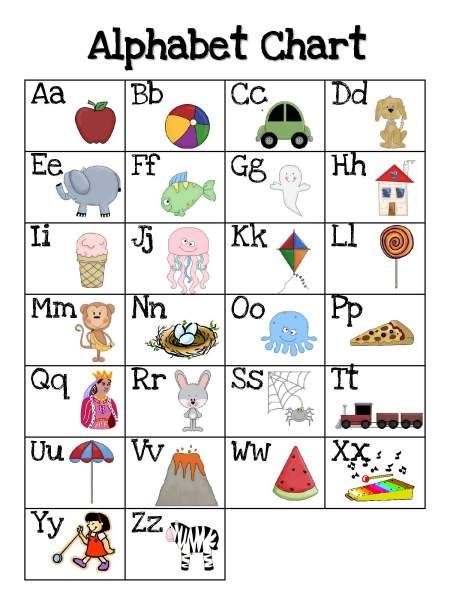 How many are there in Russian?
How many are there in Russian? We will teach you how to write without mistakes and make it interesting to tell
Start learning
The correct pronunciation of words is one of the components of beautiful and literate speech. To achieve this, you will first have to study the sounds themselves. In this article, we will figure out together what vowel sounds are, how many vowels are in the alphabet of the Russian language, and what sounds they can represent.
What are vowels and sounds
Vowel sounds are those sounds that we freely convey with our voice. Hence their name comes from: voice means "voice". When pronouncing, air exits through the mouth and does not create noise, and the position of the tongue and lips determines which vowel sound we will pronounce.
There are much fewer vowels in Russian than consonants.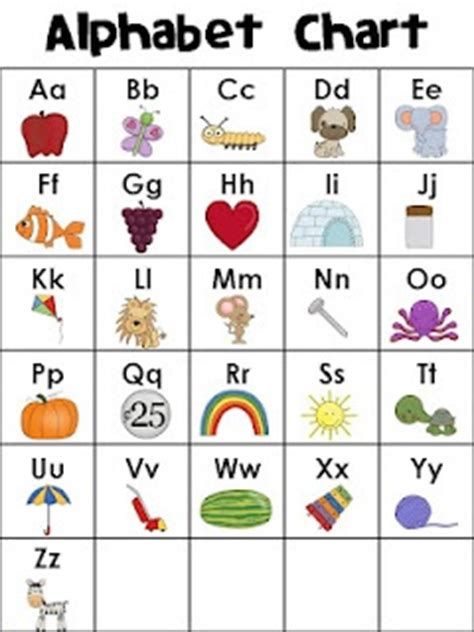 There are 6 of them in total: [a], [o], [i], [s], [y] and [e]. To understand whether a vowel sound is in front of you or not, try to sing it. For example:
There are 6 of them in total: [a], [o], [i], [s], [y] and [e]. To understand whether a vowel sound is in front of you or not, try to sing it. For example:
-
a-a-a ,
-
y-y-y
-
ss .
If it works, then the sound is a vowel. You can't do that with consonants.
There are more vowels than sounds - they are 10: a, i, y, u, o, e, e, e, i, s . This difference is due to the fact that some of these letters can represent two sounds and are pronounced using a combination of a vowel and a consonant [y']. For example, in the word spruce , the letter e expresses two sounds - [y'] and [e]. Let's look at the table all the vowel sounds and the letters that represent them.
| Letter | Sound | Example |
|---|---|---|
| a | [a] | pharmacy |
| i | [a] [d'] + [a] | change anchor |
| at | [y] | moon |
| [y] [y'] + [y] | love skirt | |
| about | [o] [a] | horse milk |
| e | [e] [y'] + [e] [and] | victory raccoon great |
| e | [o] [d'] + [o] | rope hedgehog |
| e | [e] | evolution |
| and | [and] [s] | caviar life |
| s | [s] | choice |
Demo lesson in Russian
Take the test at the introductory lesson and find out what topics separate you from the "five" in Russian.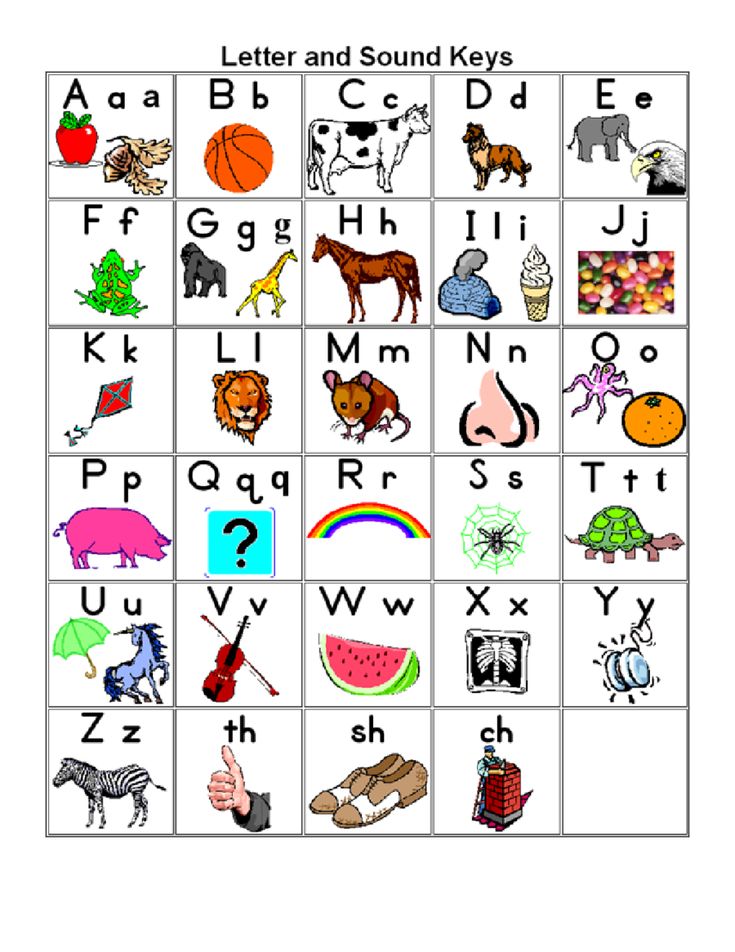
How vowel sounds are related to syllables
Vowel sounds form syllables - sound segments of words that we pronounce with one breath. One syllable can be either a vowel with one or more consonants, or a vowel alone. There is even a rule by which syllables can be counted: how many vowels in a word - so many syllables.
For example, in the word journey there are 5 vowels: [u], [i], [e], [i] and [e]. This means that it has 5 syllables: p-te-she-stvi-e .
Test yourself!
Count the number of syllables in the words: try on, tanner, well-groomed, care, prefix, capital, wet, invitation, orange .
Vowel sounds and stress
Now let's see what groups vowel sounds are divided into. Sometimes their pronunciation depends on whether the stress falls on them, that is, whether we single them out with our voice. So vowel sounds are divided into stressed and unstressed.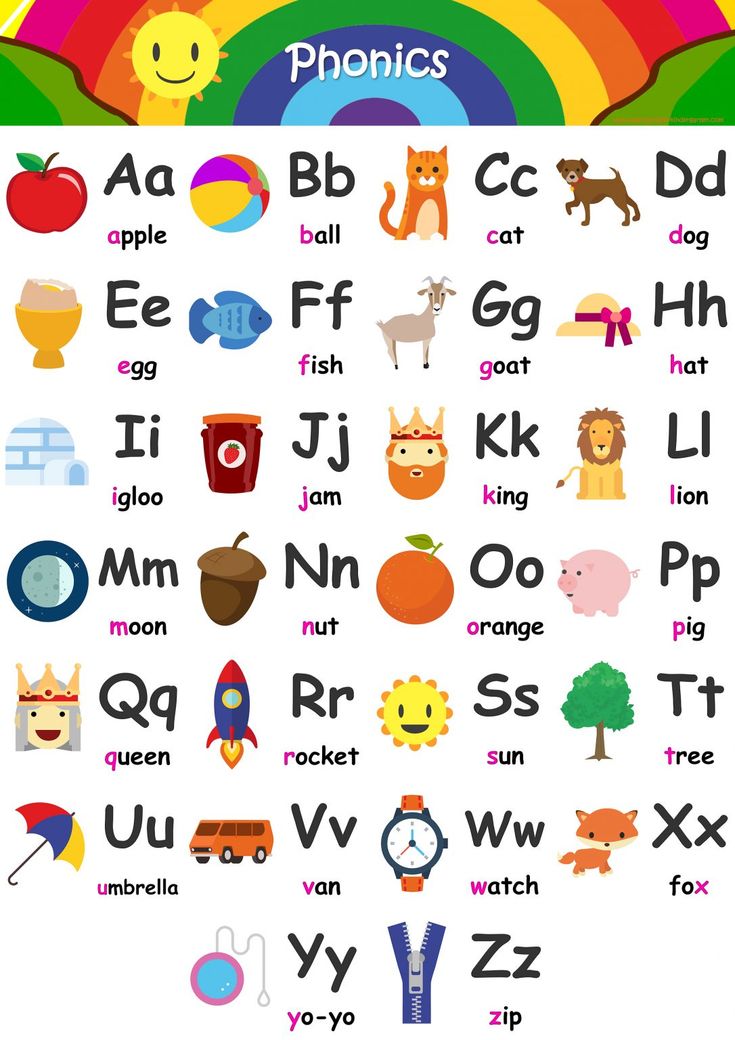 Here are some examples:
Here are some examples:
| | | |
|---|---|---|
| | | |
| | | |
| | | |
Stress in Russian can fall on any of the existing vowel sounds. However, only 4 of them can be unstressed - these are [a], [i], [y] and [s]. In this position, we pronounce sounds weaker than under stress, because of which they can change qualities and sound differently.
Interestingly, the vowels [o] and [e] can only be stressed. There are only a couple of exceptions to this rule: for example, in the words cocoa and canoe sounds [o] and [e] in an unstressed position.
How unstressed vowels are related to consonants
How an unstressed vowel sounds depends on the consonant that precedes it. Or rather, from its hardness or softness. If it is a hard consonant, it can be followed by unstressed vowels [y], [a] and [s]. When we talk about a soft consonant, it is followed by unstressed vowels [y] and [and].
| | |
|---|---|
| | |
| | |
| | |
Free English lessons with a native speaker
Practice 15 minutes a day.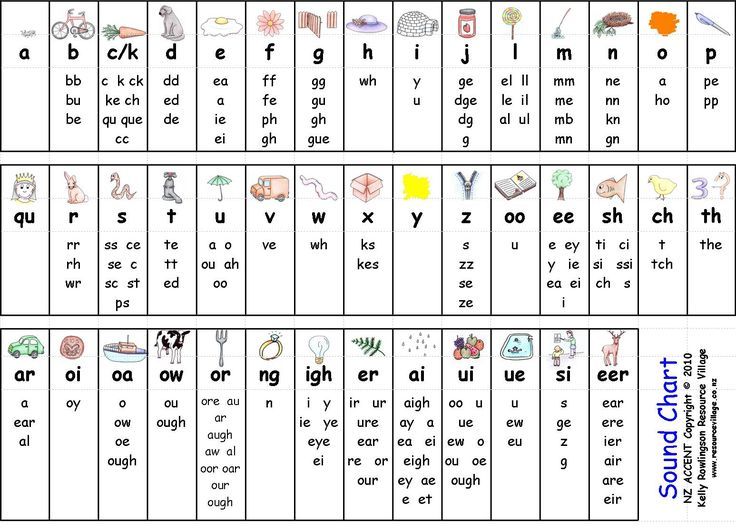 Learn English grammar and vocabulary. Make language a part of life.
Learn English grammar and vocabulary. Make language a part of life.
Test yourself
It's time to find out if you now understand well what vowel sounds are in Russian. To do this, we have prepared tasks for self-examination.
Task 1
List all the vowels in these words:
-
fair,
rejoice,
doll,
distant,
buddy,
voting,
mirror,
story,
OK,
captivate.
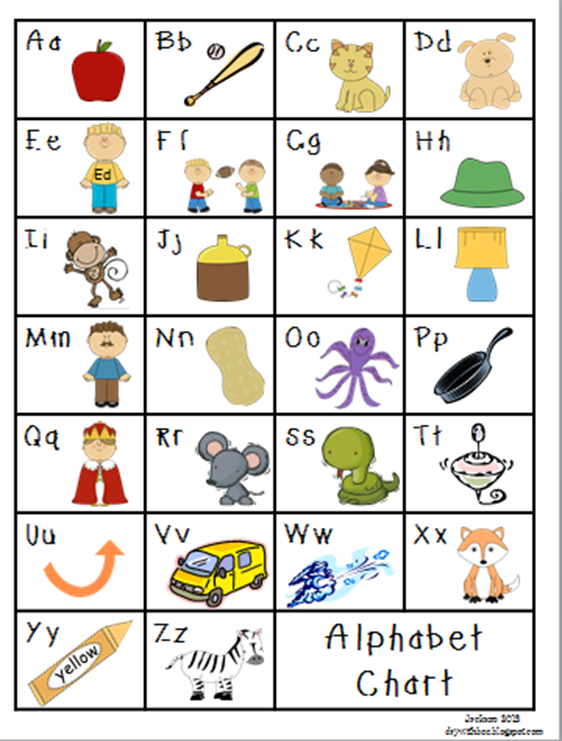
Task 2
Name 5 words each in which the sounds [a], [i], [y] and [s] would be in a stressed position.
Task 3
Name 5 words in which an unstressed vowel would come after a hard consonant and 5 more words where it would follow a soft consonant.
Task 4
Count the number of syllables in the words below (don't forget to use the rule you learned at the beginning of the article!):
-
weightless,
-
sunrise,
-
adventure,
-
painter,
-
perpetuate,
-
pleasant,
-
image,
-
category,
-
exciting,
-
melting,
-
snowflake.
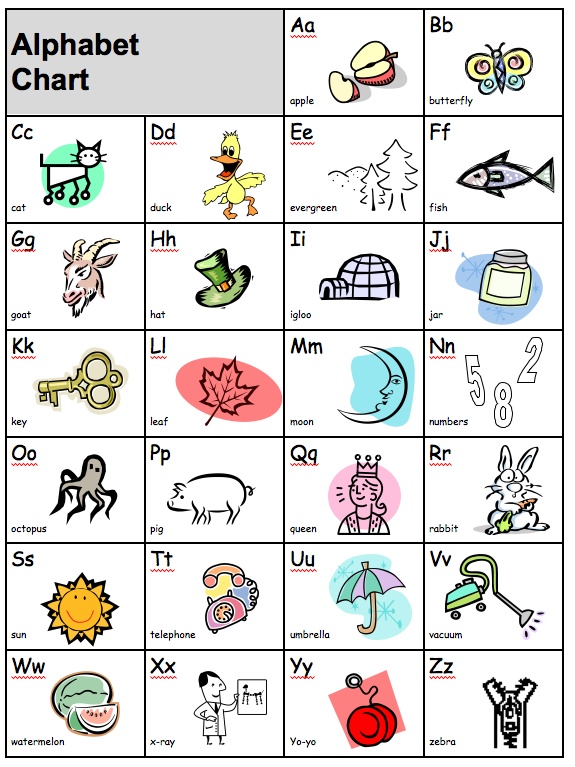
Learn more

